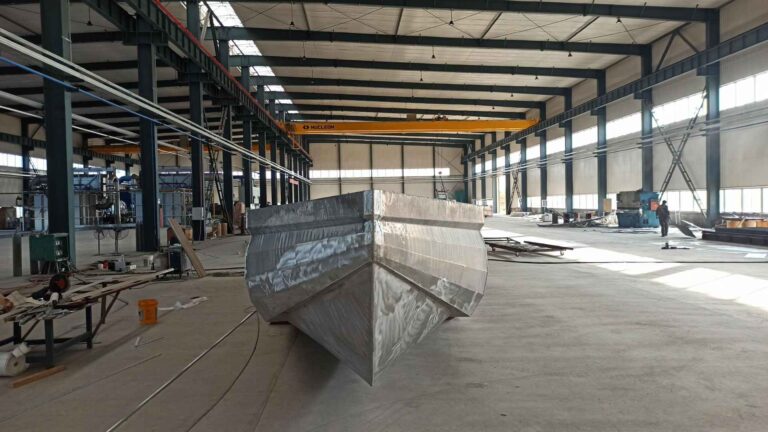How to Design a Boat : Shipowner vs Designer Perspective
When discussing the topic “how to design a boat” with shipowners, an interesting gap often emerges: what “design” means to a shipowner is not the same as what it means to a boat designer.
Shipowners usually focus on experience, appearance, and budget, while naval architects and marine engineers ensure safety, performance, and compliance with technical standards. Understanding this difference is the key to a successful project.
How Shipowners See “Designing a Boat”
For most shipowners, boat design is about:
- How long the boat is and how many people it can carry
- Maximum speed and engine power
- Whether it looks attractive, perhaps similar to a well-known brand
- How the space is arranged—such as having a cooler, canopy, or seating
- Staying within budget
Shipowners evaluate design through practical and intuitive criteria rather than engineering details.
How Designers Approach Boat Design
For naval architects, boat design is more than producing a nice rendering. It is a complete engineering process that includes:
- Hull form, displacement, resistance, and propulsion efficiency
- Stability analysis and structural strength to prevent capsizing or failure
- Compliance with standards (ISO, CCS, DNV, etc.)
- System layout, weight distribution, and center of gravity
- Material selection, construction method, and long-term maintenance cost
Shipowner vs Designer: Key Differences
| Aspect | Shipowner’s View | Designer’s Work |
|---|---|---|
| Function | “Boat for fishing, passengers, patrol” | Hull form, displacement, rule compliance |
| Size & Capacity | “8 meters, seating 10” | Length, beam, draft → stability & load |
| Speed & Power | “30 knots” | Resistance, engine sizing, fuel consumption |
| Safety | “Just don’t capsize” | Stability, structure, emergency safety |
| Appearance | “Like a popular brand” | Hull form vs hydrodynamics, renderings |
| Layout | “Cooler here, canopy there” | Arrangement, weight, ventilation, drainage |
| Comfort | “Quiet, not too shaky” | Vibration, roll reduction, insulation |
| Cost | “Under $50,000” | Materials, thickness, equipment, build method |
| Delivery | “When can I see a prototype?” | Concept → preliminary → detailed → supervision |
Bridging Vision and Engineering
A boat built purely by intuition might be overweight, underpowered, or unsafe.
A boat designed only from engineering logic may leave the shipowner feeling disconnected.
Success lies in combining both:
- Tangible for shipowner: concept sketches, renderings, clear layout
- Safe & feasible: calculations, rules, and engineering discipline
Conclusion
Shipowners see boat design as vision and need. Designers see it as engineering and feasibility.
Together, they create boats that meet expectations, are safe, and stand the test of time.

